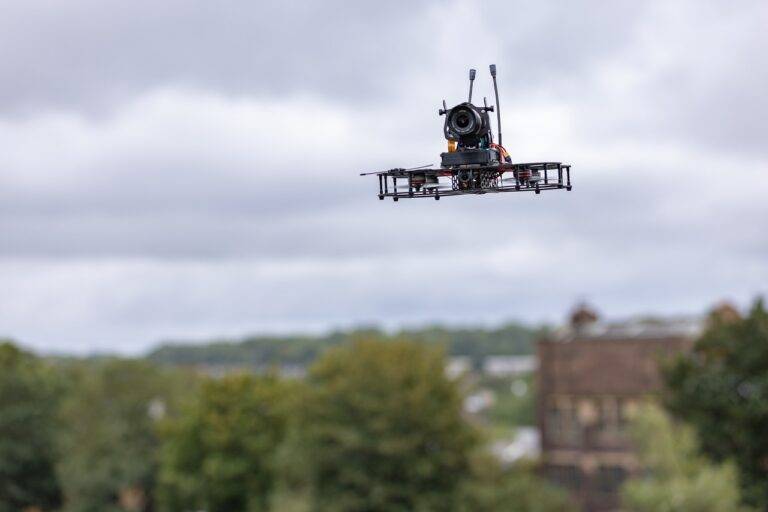The Future of Quantum Cryptography in Securing Financial Transactions
Quantum cryptography leverages the principles of quantum mechanics to ensure secure communication channels. Traditional cryptographic methods are based on mathematical complexity, whereas quantum cryptography relies on the fundamental laws of physics to achieve impeccable security. By encoding information into quantum states and leveraging quantum key distribution, this cutting-edge technology provides a level of security that is theoretically unbreakable.
The use of quantum superposition and entanglement allows for the creation of cryptographic keys that are intrinsically secure. One of the key advantages of quantum cryptography is its ability to detect any eavesdropping attempts during the communication process, ensuring the integrity of the information exchanged. As the field of quantum cryptography continues to evolve, it holds great promise for revolutionizing the way we approach secure communication in an increasingly digitized world.
Understanding Quantum Key Distribution
Quantum key distribution (QKD) is a revolutionary technology that utilizes the principles of quantum mechanics to establish secure communication channels. Unlike classical encryption methods, QKD offers a mathematical guarantee of security by detecting any eavesdropping attempts on the transmitted keys. This means that even with the most powerful computers, it is practically impossible to intercept the quantum keys without leaving a trace.
The process of QKD involves the transmission of quantum bits or qubits between two parties, typically referred to as Alice and Bob. Through the use of quantum properties such as superposition and entanglement, the qubits are exchanged securely, creating a shared key that can be used for encrypting and decrypting sensitive information. This key is then used in conjunction with classical encryption techniques to ensure the confidentiality and integrity of the communication.
• Quantum key distribution (QKD) utilizes quantum mechanics to establish secure communication channels
• QKD offers a mathematical guarantee of security by detecting eavesdropping attempts
• Intercepting quantum keys without leaving a trace is practically impossible
• The process involves transmitting qubits between two parties, typically Alice and Bob
• Quantum properties like superposition and entanglement are used to exchange qubits securely
Challenges in Implementing Quantum Cryptography
One of the primary challenges in implementing quantum cryptography lies in the complexity of the technology involved. Quantum systems operate on the principles of superposition and entanglement, requiring specialized hardware and software that are still in the early stages of development. This makes it difficult for widespread adoption of quantum cryptography in practical applications.
Another significant hurdle is the issue of scalability. While quantum cryptography has shown promise in securing communications on a small scale, such as between research institutions, the technology faces obstacles in scaling up for use in larger networks and industries. This limitation stems from the intricate nature of quantum systems and the need for highly controlled environments to maintain the delicate quantum states essential for secure communication.
What is quantum cryptography?
Quantum cryptography is a method of secure communication that uses quantum mechanics to provide encryption.
What is Quantum Key Distribution (QKD)?
Quantum Key Distribution (QKD) is a specific type of quantum cryptography that involves generating and distributing cryptographic keys using quantum properties.
What are some of the challenges in implementing quantum cryptography?
Some challenges in implementing quantum cryptography include technological constraints, such as the need for reliable quantum key distribution systems and the complexity of quantum algorithms.
Why is quantum cryptography considered more secure than classical cryptography?
Quantum cryptography is considered more secure than classical cryptography because it relies on the laws of quantum mechanics, which are inherently secure against eavesdropping.
How can these challenges be overcome in implementing quantum cryptography?
These challenges can be overcome through continued research and development in quantum technologies, as well as collaboration between researchers, engineers, and policymakers.





